New moons & stormy planets: Voyager 2’s greatest discoveries (PHOTOS, VIDEO)
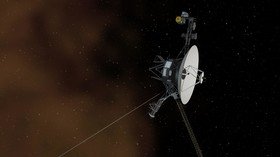
As the Voyager 2 makes history by entering interstellar space, RT looks back at some of the spacecraft’s finest moments in its incredible 41-year-long mission.
READ MORE:Voyager 2 becomes second man-made object to enter interstellar space - NASA
Twin spacecraft Voyager 1 and Voyager 2 were both launched in 1977 on a mission to study the outer planets of our solar system, including Jupiter and Neptune. And as though that wasn’t enough of a groundbreaking achievement, both Voyagers then went on to study the periphery of the solar system, and deliver new insights.
Jupiter’s Great Red Spot & stormy atmosphere
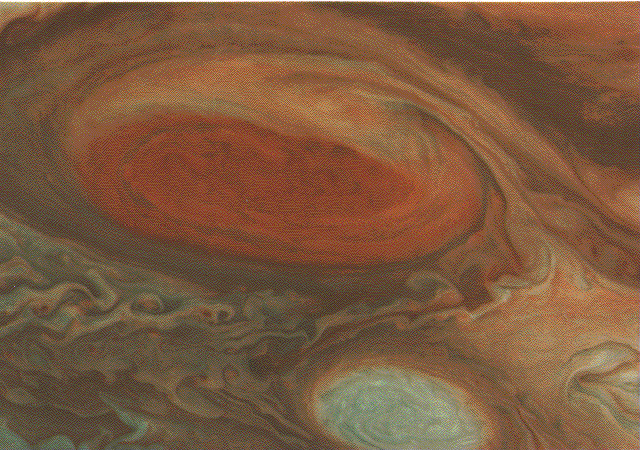
Voyager data revealed the big red spot seen on Jupiter was, in fact, a complex storm that moved in a counter-clockwise direction.
The giant planet is surrounded by a turbulent atmosphere made up of dozens of interacting hurricane-like storm systems, Voyager data showed.
Active volcanoes on Jupiter’s Io moon
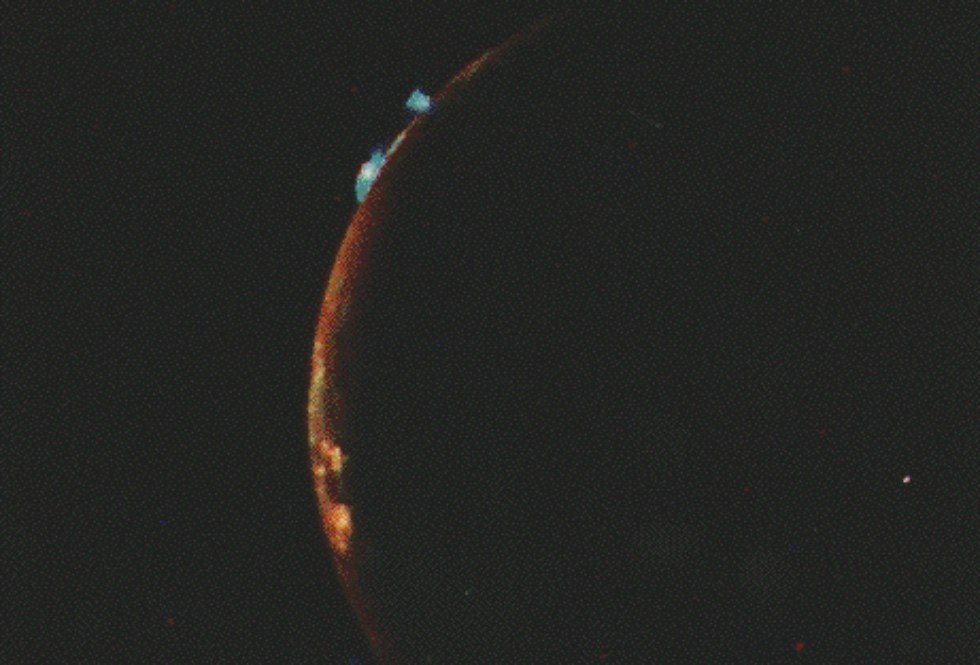
Images of one of Jupiter’s more than 79 moons, lo, revealed it had large plumes coming off its surface. This turned out to be an active volcano, the first ever discovered outside our own planet.
The Voyager crafts witnessed at least nine volcanic eruptions on lo, a satellite which has 100 times the volcanic activity of Earth.
Uranus’ many, many moons
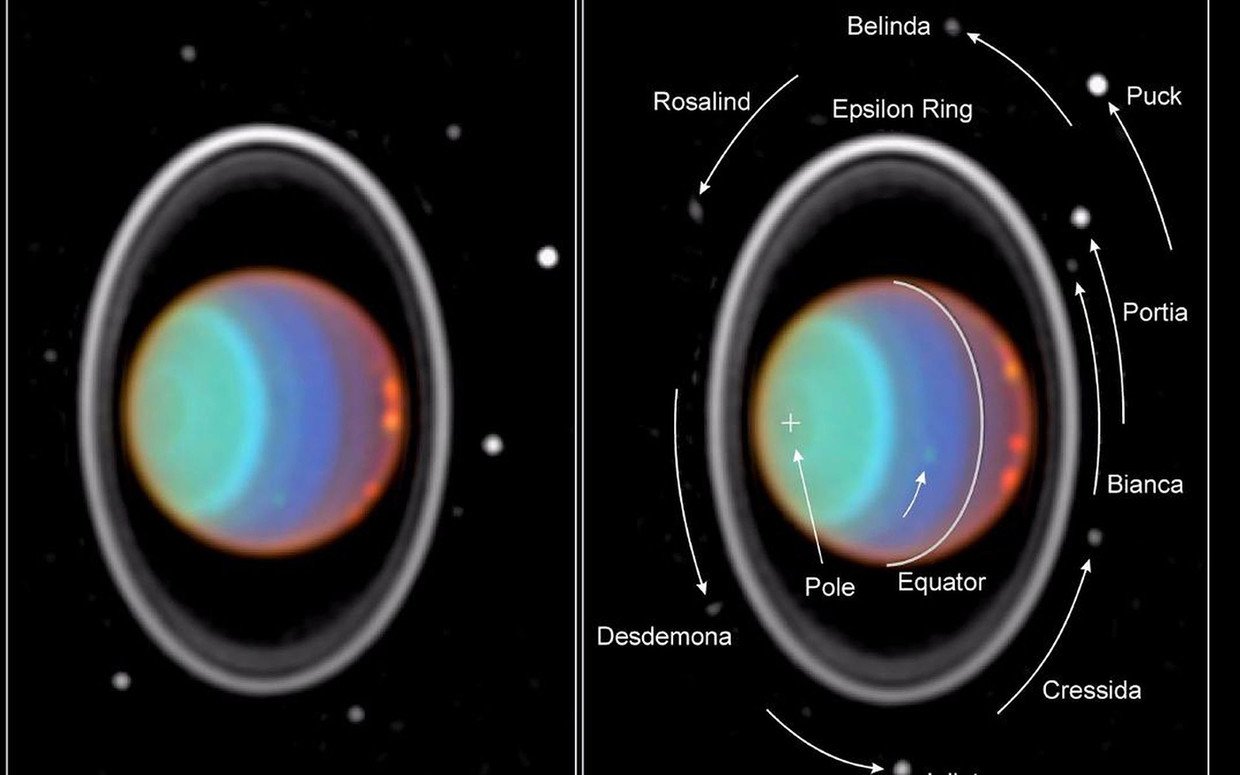
Voyager 2 revealed Uranus had a whopping 10 previously unknown moons. Five were already known, but the intrepid space probe found: Cordelia, Ophelia, Bianca, Cressida, Juliet, Desdemona, Portia, Rosalind, Belinda, Perdita, and Puck. Today, we know that Uranus has 27 moons.
Saturn’s surprising rings
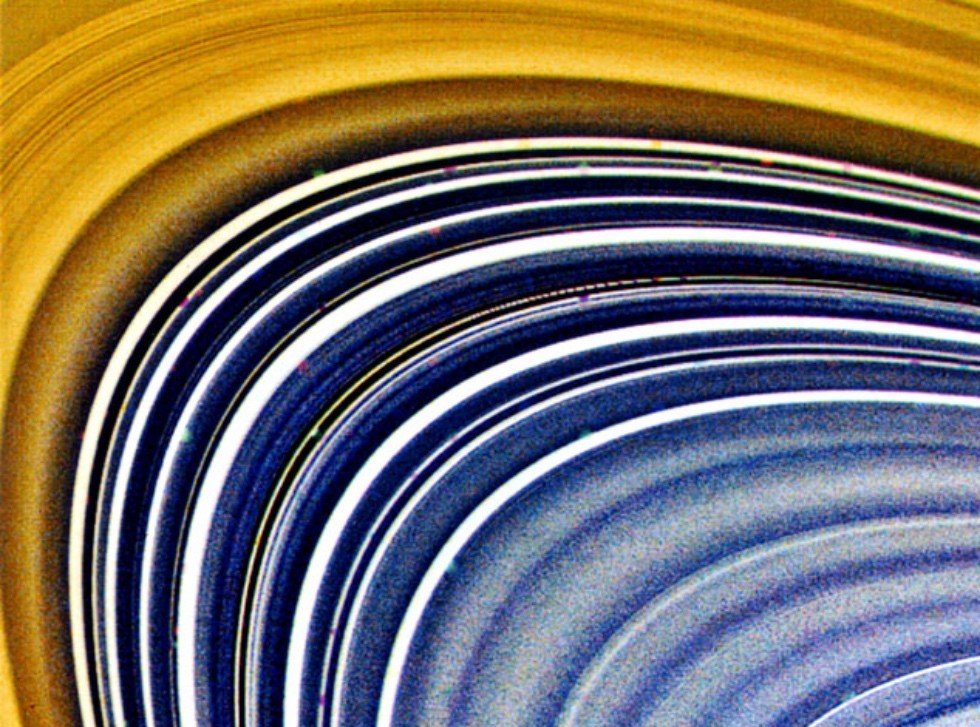
The history-making spacecraft revealed the detail of Saturn’s rings, which were found to have dozens of layers and variations. It showed that some of the rings contained spokes and wobbles.
Neptune's Great Dark Spot and fast winds
Aside from uncovering six of Neptune’s eight moons, the Voyager mission also discovered its Great Dark Spot. This Earth-sized dot was seen “scooting” across the planet’s surface every 16 hours.

Neptune was also where the fastest moving winds were observed, with those near the Great Dark Spot reaching winds of up to 2,000 kilometers (1,200 miles) an hour.
Geysers erupting on Neptune's moon Triton
The fact-finding space mission also exposed an incredible and unusual phenomenon on Neptune’s moon Triton – a large geyser erupting at -390 degrees Fahrenheit (-234 Celsius).
Voyager 2 captured the geysers spewing invisible nitrogen gas and dust particles kilometers into the atmosphere.
Think your friends would be interested? Share this story!














